7741 S Northshore Dr, Suite 104
Knoxville, TN 37919
Common Misconceptions in the Management of Lower Back Pain
Author: Dr. Britt Dalton, PT, DPT, OCS, COMT, FAAOMPT
Lower back pain is the most common orthopedic problem affecting humans today. The lifetime prevalence of lower back pain is estimated to be between 60-80%. So, odds are, at some point, you will likely experience an episode of low back pain. The good news is that most episodes of pain tend to resolve within 1-2 months. The bad news is that once you have experienced an episode of low back pain, the odds of you having more frequent episodes or more intense episodes of pain in the future also goes up.
So, what do we do about it? Well, we start by trying to clear up some of the misconceptions regarding lower back pain and rehab of it, and then look at what can help.
Misconception #1: “An x-ray/MRI will tell you exactly what is causing your back pain”
Imaging, such as x-rays or MRI’s, are fantastic tools to tell us what you look like on the inside. However, sometimes we should interpret the results with caution. The reasoning is that research has shown it is very common for people to have little to no symptoms, yet still have degenerative discs, degenerative joints, arthritic changes, and/or bulging discs. It is not to say that each of these issues cannot cause pain, but rather that low back pain is complex and often influenced by multiple factors, many times having little to do with what you look like on the inside. It is normal to have wrinkles on the outside as we get older, so think of some of these changes as having wrinkles on the inside. That is many times why your doctor may not initially order imaging of your back if you come in with pain, because it does not always tell us why you are having it or alter the course of care. Certainly, there are instances where they may want to rule out specific problems, such as suspicion of a fracture or when looking for potential problems such as tumors, but most often it is not indicated in the case of lower back pain. Just think of your image as like a painting of you: it may tell us what you look like, but not how you are feeling.
Misconception #2: “Bending and/or lifting is bad for your back”
Sometimes, in the case of acute back pain or pain that is highly intensified with bending over, it is appropriate to limit bending and/or lifting for a short-time period. However, over time, the continual avoidance of these activities may contribute to the long-standing issues seen with bending and lifting rather than help it. Once symptoms have started to diminish, it is important to start to work on building strength with bending, lifting, and carrying. Exercises such as deadlifts, farmers carry, and rows can all help not only to rebuild strength in the back, but to help you regain confidence with lifting.Misconception #3: “You just need to strengthen your abdominals”
Many times, people dealing with lower back pain tend to think it is because of weak abdominals, and doing more abdominal work is what is needed. While developing good strength and endurance in your abs will help, do not neglect the importance of building a strong back. Playing off Misconception #2 above, rehabilitation of someone with lower back pain should, at some point, involve exercise to specifically strengthen the entire back, pelvic floor, and hips. Working on the abdominals will only address part of the problem.
Misconception #4: “Rest is best”
Most of the time, complete rest when dealing with lower back pain will only prolong the problem. I often tell my patients that rest to me is avoiding only those activities that create the greatest amount of pain, while trying to keep everything else as close to normal as possible. Certainly, there may be times where pain is so severe that you can tolerate only very little activity. For example, you may find that even standing and walking for a few minutes is very difficult. In this case, walking only a few minutes at a time is the appropriate amount, but should try to be done several times a day. The reality is our bodies are made to move. There is almost nothing that happens to us that is not improved more by movement in some capacity rather than complete rest. The goal is finding what the right amount is, at the right time, and trying to gradually increase that amount as time goes on.
Misconception #5: “__________ exercise is best for back pain”
This is a common phrase seen on the internet or uttered by different medical providers. You may be told that yoga, Pilates, weightlifting, stretching, etc. is the best exercise for back pain. While each of these have their strong points, the truth is that for most people, it is consistency of exercise rather than type that has the biggest influence. There is some research that shows that in more acute stages Pilates may offer more benefit, though I personally believe a lot of this may be due to it forcing the person to do slow, controlled movements at an easily adjustable, non-threatening level, rather than the specific type of movement involved. I will also say I am biased in that I believe that resistance training should be included as at least part of your program, as beyond back pain there is an abundance of evidence that shows that building muscle mass and strength prevents/delays so many of the common conditions we see with aging. In reality though, a lot of research shows that it is consistency with exerciseratherthanthespecifickindthatmakesthemostdifference. So,if you are dealing with back pain and looking to find an appropriate type of exercise to do, start with the one you enjoy the most and feel the most comfortable doing, and make it a goal to get it done at least a few days a week.
The truth is that lower back pain is a complex process that often is influenced by multiple factors, many of which are within your control. It is not an easy process and can often be frustrating and scary when dealing with it, but understanding what is normal, what is not, what can help and what may be slowing your progress, can go a long way in helping you take back control of your back.
If you are struggling with back pain and not sure where to start, consider scheduling a free consultation at any of our offices to learn what may be contributing to it and to help you get started on your path back to a healthy back.
Released: May 20, 2025
Knoxville
5 Locations
Feel Better. Live Better.

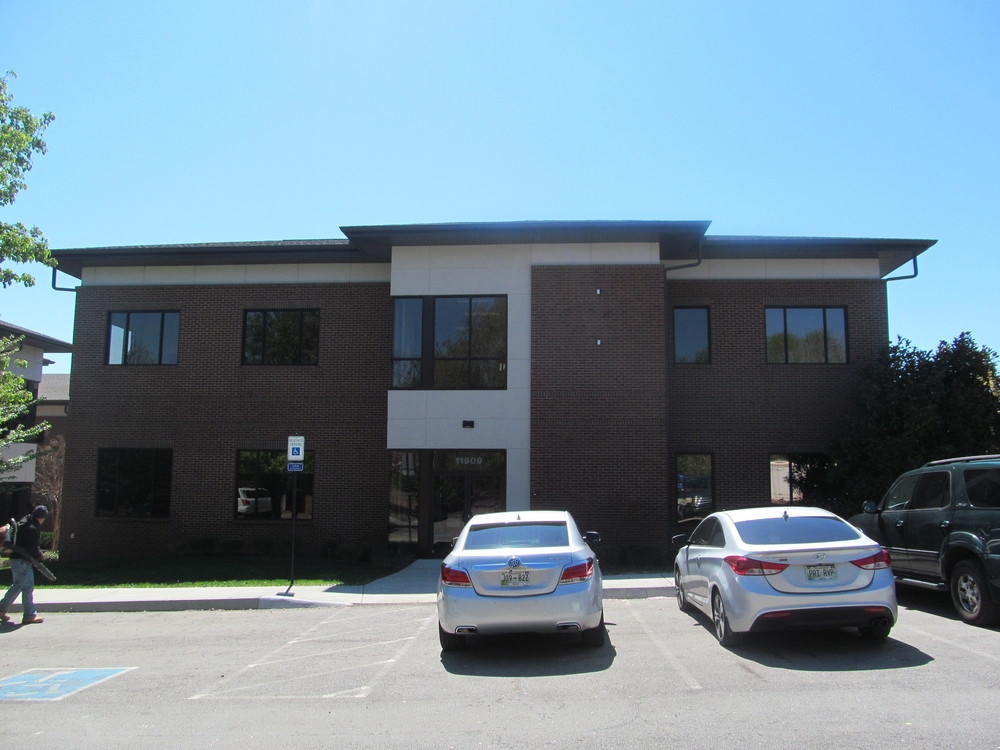
11907 Kingston Pike, Suite 101
Farragut, TN 37934
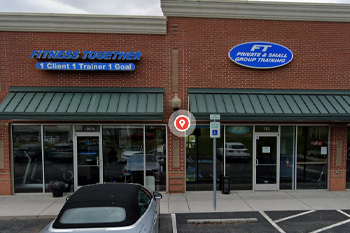
9430 S Northshore Dr. Suite 102A
Knoxville, TN 37922
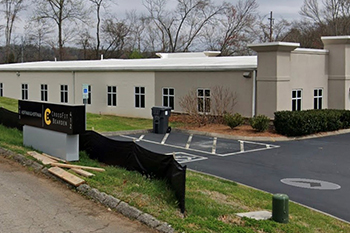
412 Erin Dr.
Knoxville, TN 37919
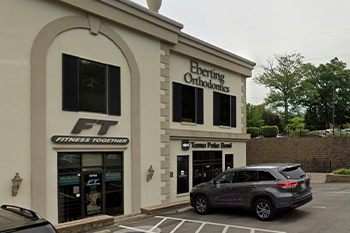
10752 Hardin Valley Rd
Knoxville, TN 37932
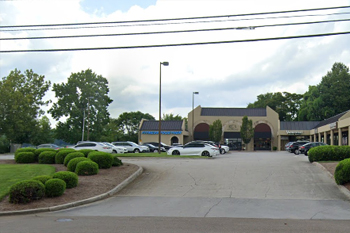
6513 Kingston Pike Suite 110
Knoxville, TN 37919
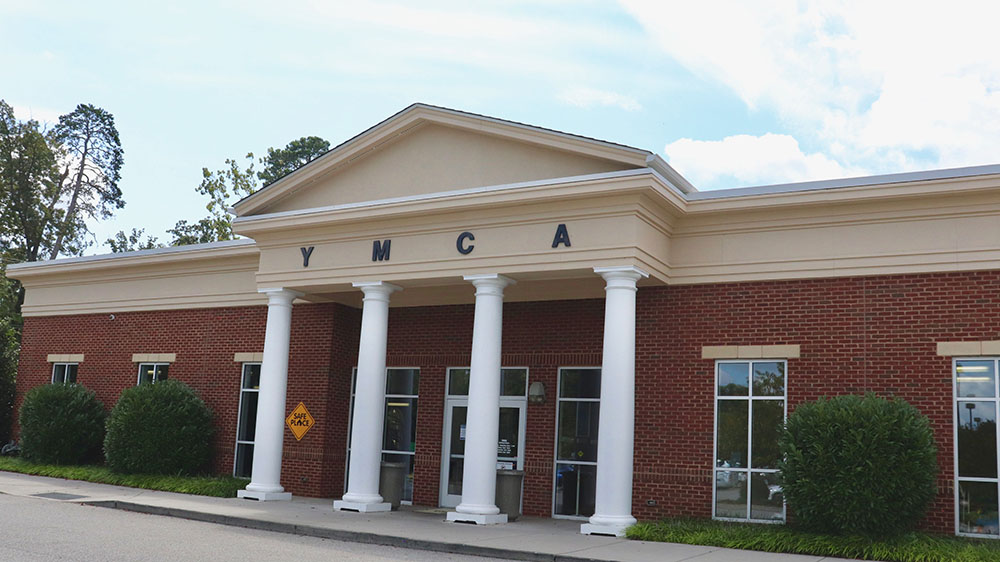
12133 S Northshore Dr
Knoxville, TN 37922